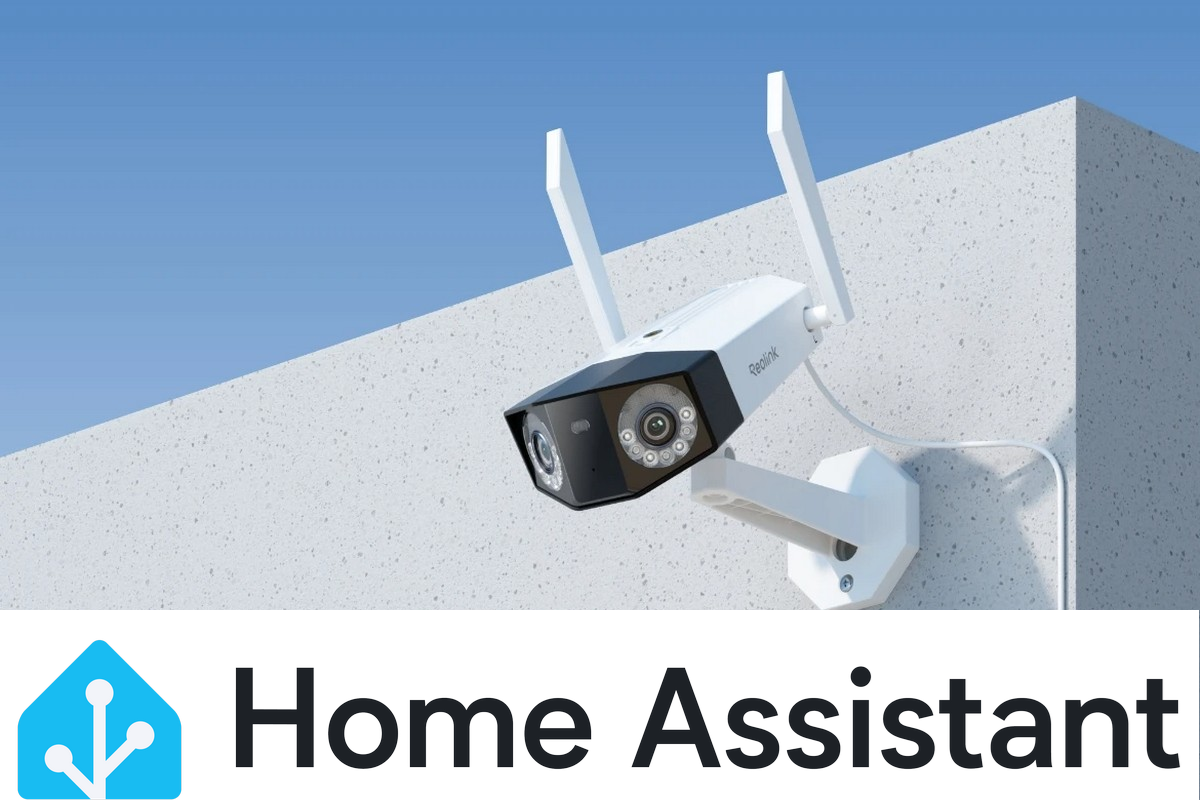
Image: Reolink/Open Home Foundation
Reolink has become the first security camera manufacturer to obtain Works With Home Assistant certification for its Wi-Fi home security cameras. This means Reolink’s cameras—not including its 4G models—can now process video feeds, AI alerts, and device controls entirely within users’ home networks to enhance user privacy.
Home Assistant is a free and open-source smart home software platform managed by the Open Home Foundation. It has been embraced by many DIY smart home enthusiasts, and it can run on lots of different hardware, ranging from Raspberry Pi and Arm processors to the 64-bit x86 architecture commonly found in Mini PCs. It can even operate as a virtual machine on a laptop or desktop running MacOS or Windows.
We’re thrilled to welcome the first cameras to the ‘Works With Home Assistant Program’ via Reolink.
Miranda Bishop, Partnership Manager at the Open Home Foundation.
In addition to being free, at least half of Home Assistant’s appeal is that it operates entirely locally, meaning there’s no reliance on the cloud. In addition to executing commands more quickly, users have more privacy because data doesn’t need to leave the home network.
Reolink cameras operating under Home Assistant can process their video feeds, AI alerts, and device controls entirely locally. This will save Reolink customers money by eliminating the need to pay subscriptions for cloud services or storage. Operating under Home Assistant also promises to enhance Reolink camera users’ privacy, eliminating worries about third-party access or any vulnerabilities outside a Reolink customer’s control.
Many, but not all, Reolink security cameras have onboard storage; but every model can store video recordings on network-attached devices.
This news story is part of TechHive’s in-depth coverage of the best home security cameras.
Incorporating Reolink cameras into a Home Assistant ecosystem comes with other benefits as well. Users will be able to link their Home Assistant-compatible smart home devices together, so that an action on one can trigger an event on others. For example, you could have your smart porch light turn on when someone rings your Reolink video doorbell.
Author: Michael Brown, Executive Editor, TechHive

Michael is TechHive’s lead editor, with 30+ years of experience covering smart homes, home networking, and home audio/home theater. He holds a BA in Multimedia Journalism, authored the book Desktop Video Production, and was awarded Best Online Review by the Computer Press Association. Michael built a smart home in 2007 and used it as a real-world product-testing lab. Now living in the Pacific Northwest, he is converting his 1890 Victorian bungalow into a modern smart home. Michael has worked at CNET, PCWorld, Electronic Musician, and Maximum PC. As a freelancer, he contributed to New Media, Camcorder, MacWeek, and more.



